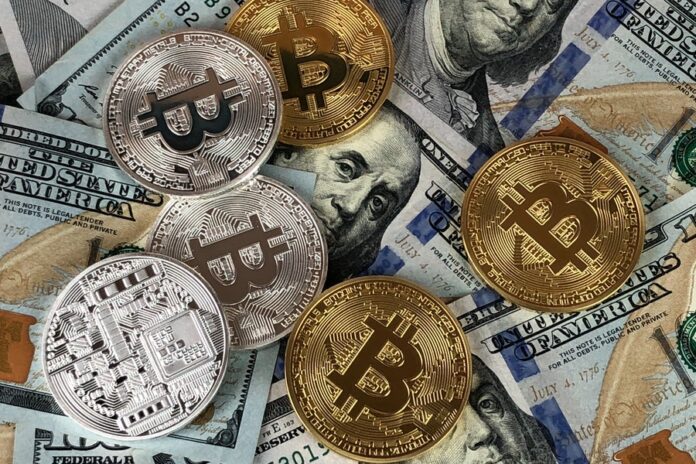Many factors affect the prices of cryptocurrencies, news, supply and demand, and the like. And if you are new to the crypto industry, you must have wondered if the rate at which the price of your digital assets keeps fluctuating is standard. Yes, it is. It is common for the price of coins to rise or fall at unexpected times by 5%, 10%, or even more sometimes. Thanks to the erratic nature of this market, investors make an immense profit.
Trading crypto capitalizes on the erratic nature of this crypto market. Traders make a profit when they can accurately predict the increase or decrease of crypto prices and execute buy and sell orders at the right moment. Specific tools help people study and analyze market charts and make decisions based on market trends and data. Several of these trading robots are available online, one of which is BitIQ. But, there are some platforms available online posing as legit trading sites, which is why before trading with BitIQ, it is essential to read this scam test and review.
Factors That Affect Price Of Cryptocurrencies
Cryptocurrency supply and demand
The supply and demand of a product or service impact the value of that product. And the same supply and demand principle applies to the value of several Cryptocurrencies. When the demand for a particular cryptocurrency is more than its supply, that digital currency has an increase in value.
A cryptocurrency’s supply method is always known because each cryptocurrency makes its token minting and burning plans public. Bitcoin, for example, has a finite supply; no more than 21 million Bitcoins will ever exist. Others, like Ether (CRYPTO: ETH), have no limit on supply. When there are excess existing tokens in circulation that might cause an increase in supply, they are burned, which is accomplished by sending the token to an unrecoverable blockchain address.
Each cryptocurrency has its distinct monetary policy. There’s always a fixed amount of new blocks mined on the network to control cryptocurrency supply. As a result, supply growth is becoming more unpredictable. The project’s management team can then decide to either increase the number of tokens distributed to the public or burn tokens to regulate the money supply.
Demand for a cryptocurrency as an investment increases while supply is effectively limited. When institutional investors began buying and holding Bitcoin in early 2021, for example, the price of Bitcoin skyrocketed when the demand for the coin was more than the number of coins being created, which reduced the total available supply of Bitcoin.
Exchange platforms for cryptocurrencies
Multiple exchanges trade mainstream cryptocurrencies like Bitcoin and Ether. On most exchange platforms, investors only have access to the most popular digital currencies like Bitcoin and Ethereum.
Although a few of these platforms list smaller tokens, which reduces investors’ access to these coins, some wallet providers will gather quotes for any combination of cryptocurrencies from many exchanges. Still, they will charge a fee for increasing the cost of investing.
Production costs
Mining is the process by which new cryptocurrency tokens are created, and it involves using a computer to validate the next block on the blockchain. A decentralized network of miners makes cryptocurrency possible. In exchange, the protocol generates cryptocurrency tokens as a compensation and any fees paid to the miners by the trading parties.
The blockchain needs to be verified using computing power. To mine bitcoin, participants invest in pricey equipment and electricity. In a proof-of-work system like Bitcoin and Ethereum, the more competition there is for mining a cryptocurrency, the more difficult it is to mine. Before a block can be verified, miners have to compete to solve a complex math puzzle. As a result, the equipment involved in mining affects the cost of mining.
The value of a cryptocurrency is dependent on the cost of mining. Miners will not mine if the money they extract is not valuable enough to cover their expenses. Because miners are required to make the blockchain work, the price must rise as long as demand exists.








![Avast Driver Updater Key 2022 | Activation Key V2.5.9 [Free]- Avast Driver Updater Key 2021](https://vintank.com/wp-content/uploads/2021/02/Avast-Driver-Updater-Key-2021-100x70.jpg)
![Avast Premier Activation Code and License Key [Working] Avast Premier Activation Code and License Key](https://vintank.com/wp-content/uploads/2021/09/Avast-Premier-Activation-Code-and-License-Key-100x70.jpg)
